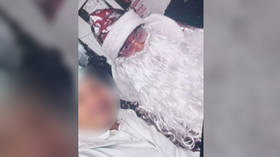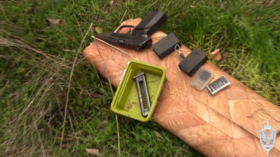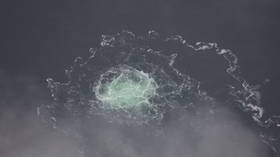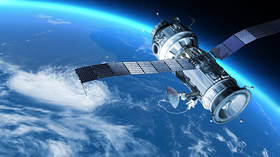Perseids meteor shower: What you need to know

Given the sheer scale of the show taking place overhead, stargazers will likely have pains in their necks by the end of the annual Perseids meteor shower this weekend.
Here’s RT.com’s guide to the Perseids.
WHAT ARE THEY?
The Perseids meteor shower is the leftover debris of Comet 109P/Swift-Tuttle, which takes 133 Earth years to complete one orbit of the sun.
In August each year, the Earth moves into the trail of dust left by 109P. This debris enters the Earth’s atmosphere at 35 miles (22km) per second, with many pieces about the size of a grain of sand.
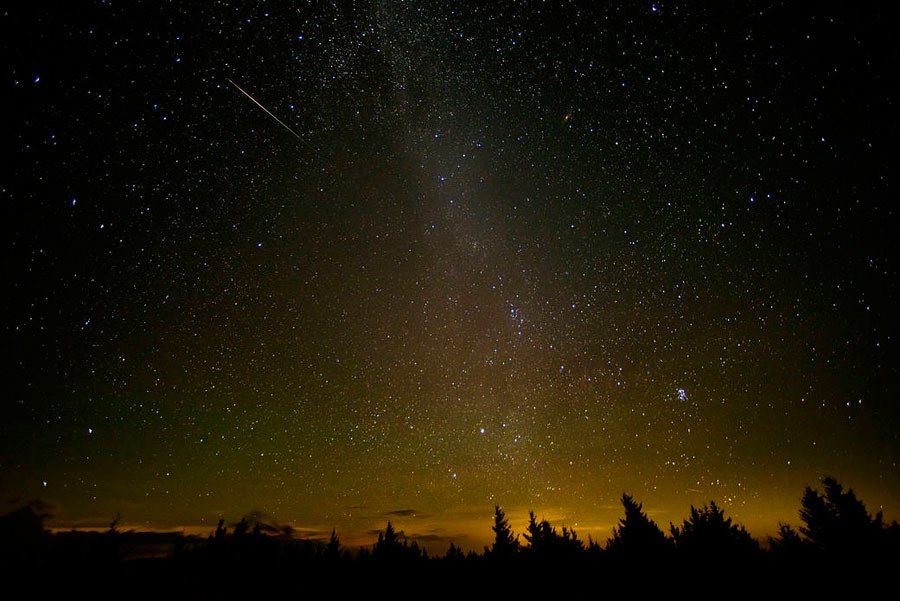
Caitlin Ahrens, an astronomer at the University of Arkansas, told Gizmodo that Perseids produces more fireballs, or extra-bright meteors, than any other meteor shower.
“In the case of the Perseids, these get to be almost as bright as Venus. So you’ll have a better than decent chance of catching sight of a fireball,” she said.
WHEN’S THE LIVE SHOW
The shower will be seen best at midnight or during the pre-dawn hours in the Northern Hemisphere. The event will begin Friday night and peak between Saturday night and Sunday morning.
City-dwelling stargazers are encouraged to find a spot in a wide open area, away from the lights, to best experience the event.
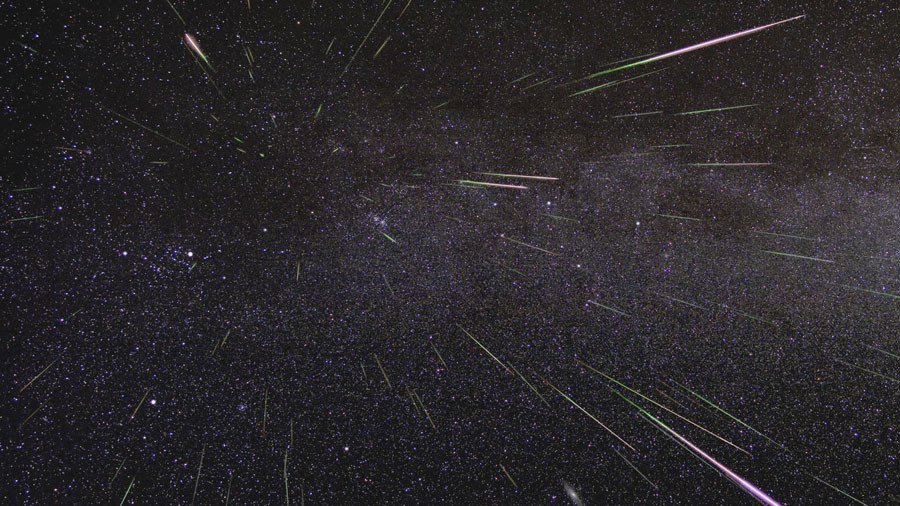
However, a bright moon will likely cut the number of meteors visible during the Perseids in half this weekend, according to NASA.
NASA expert Bill Cooke dampened stargazers’ expectations in an interview with Space.com, but said: “The good news is that the Perseids are rich in fireballs; otherwise the moon would really mess with them.”
The moon will be three quarters full and high in the sky at peak time for the meteor shower Saturday night, meaning the number of meteors that can be seen by the naked eye will be down to roughly 40-50 per hour rather than the usual 80-100.






